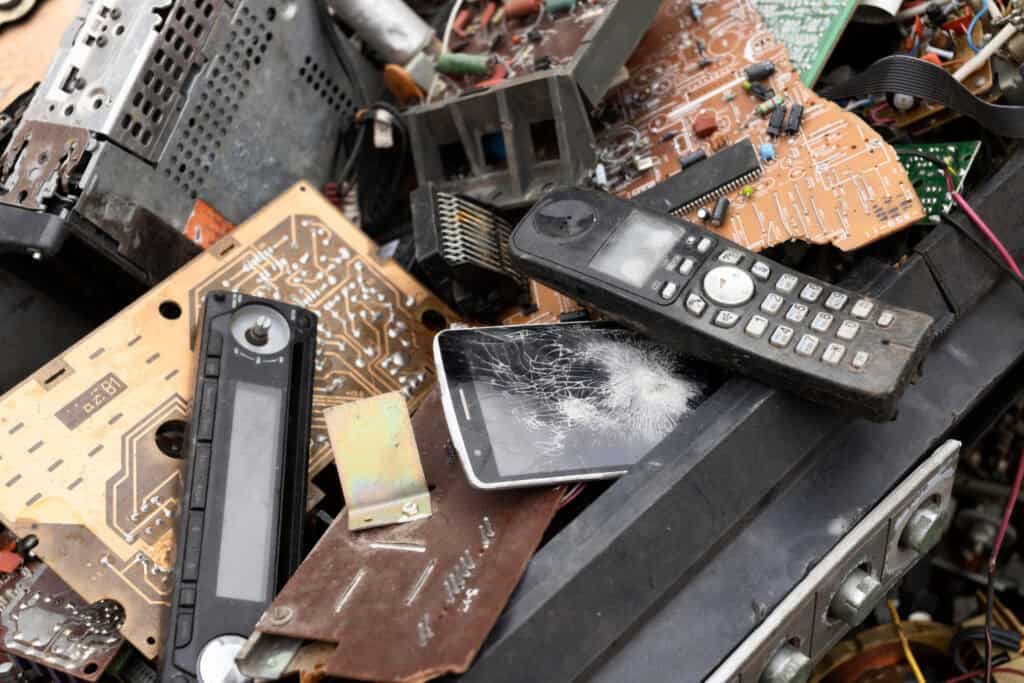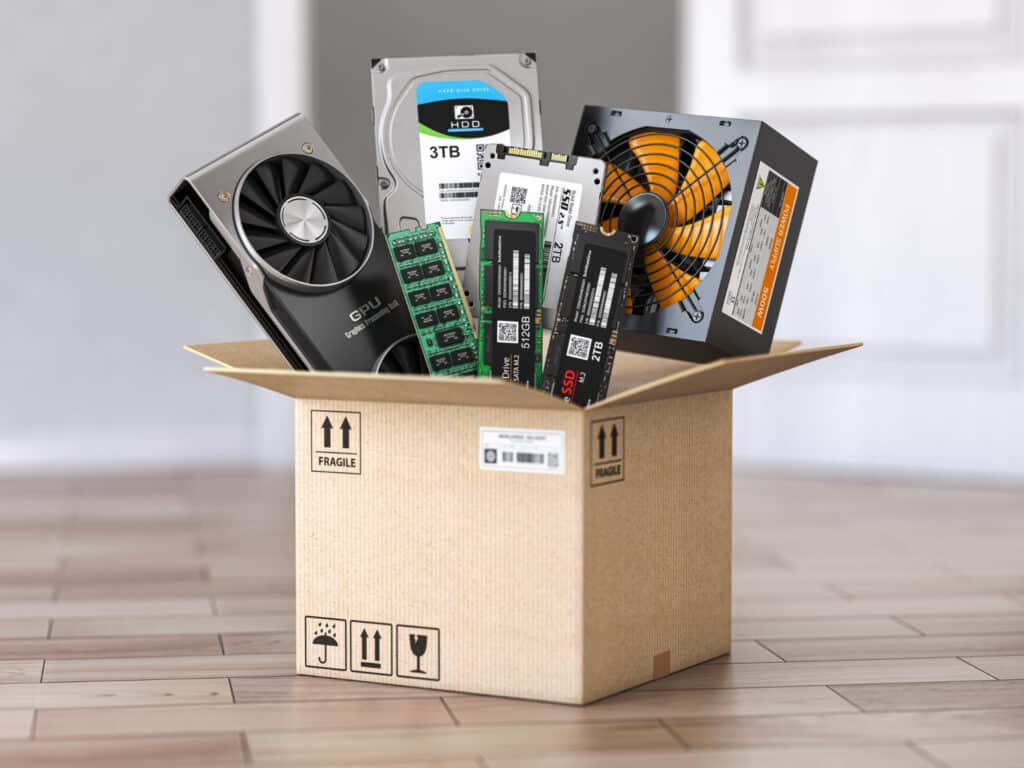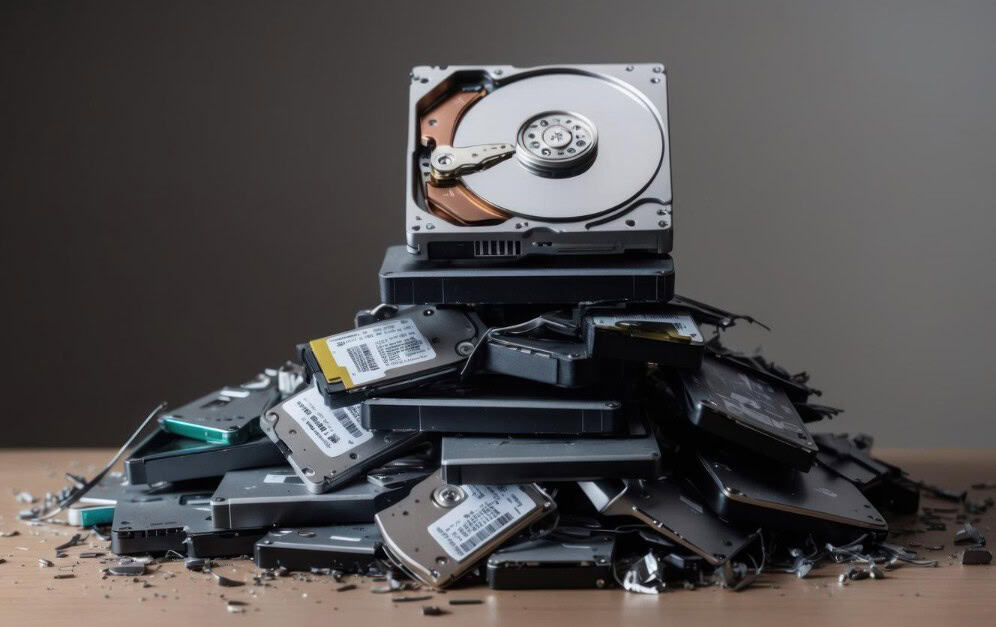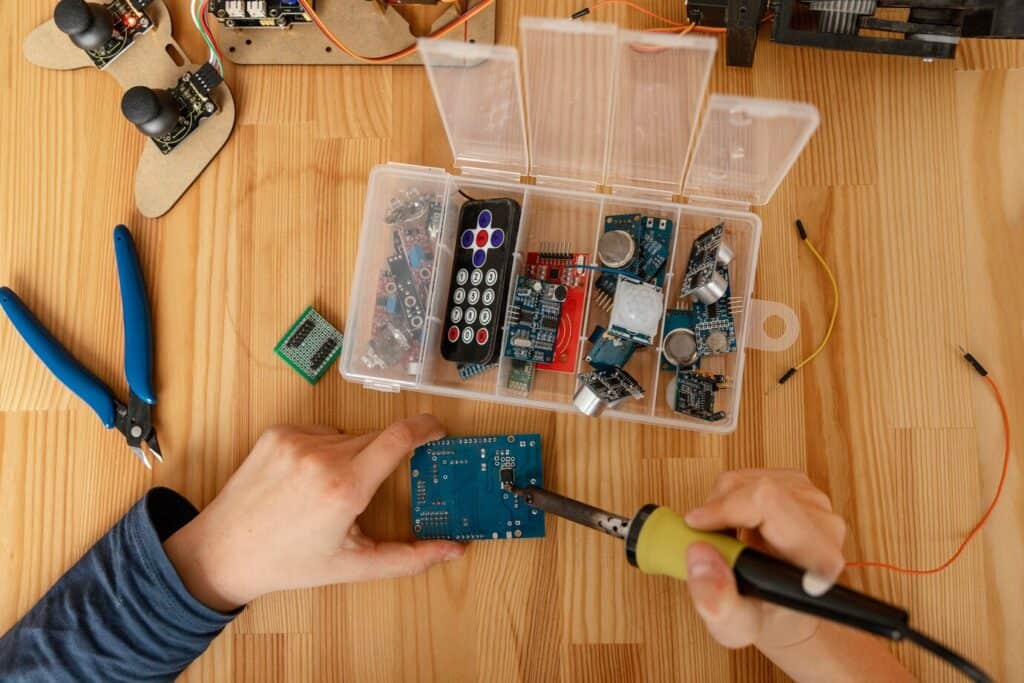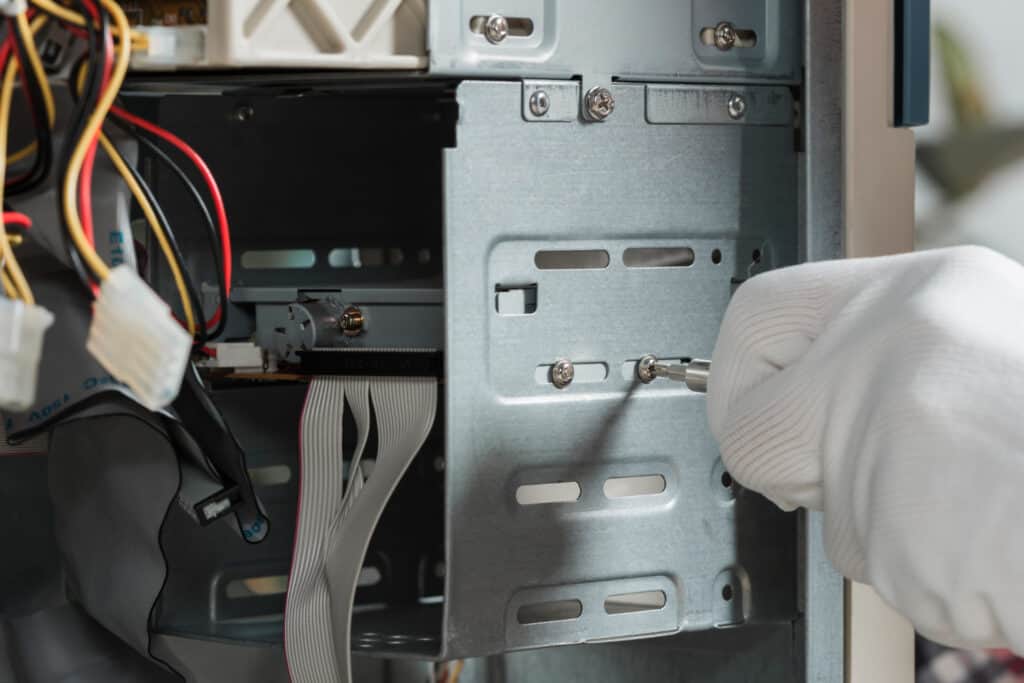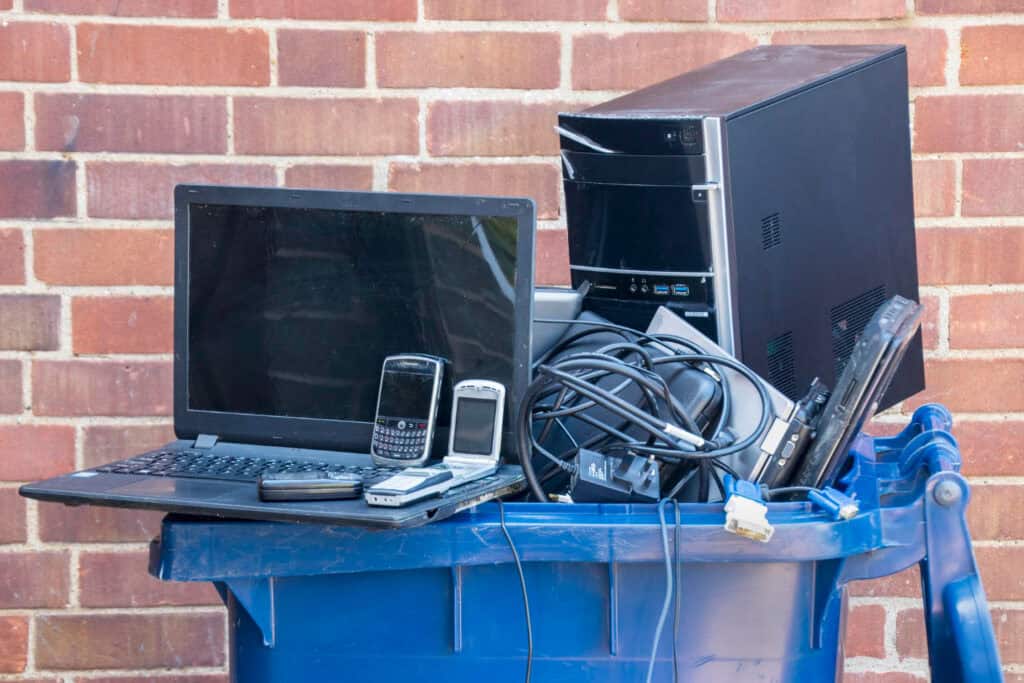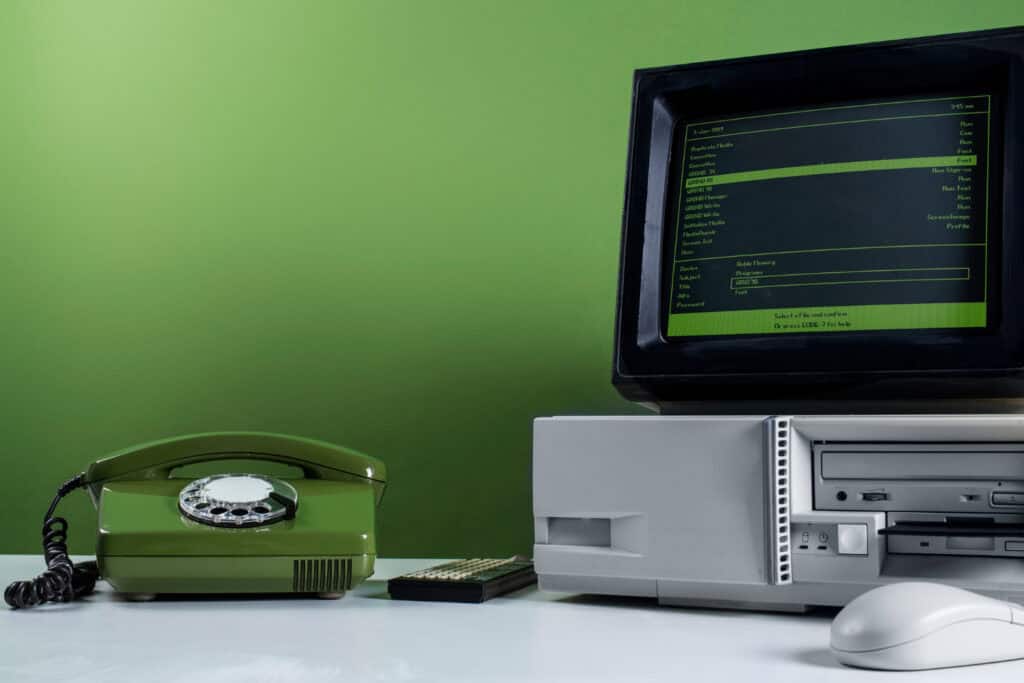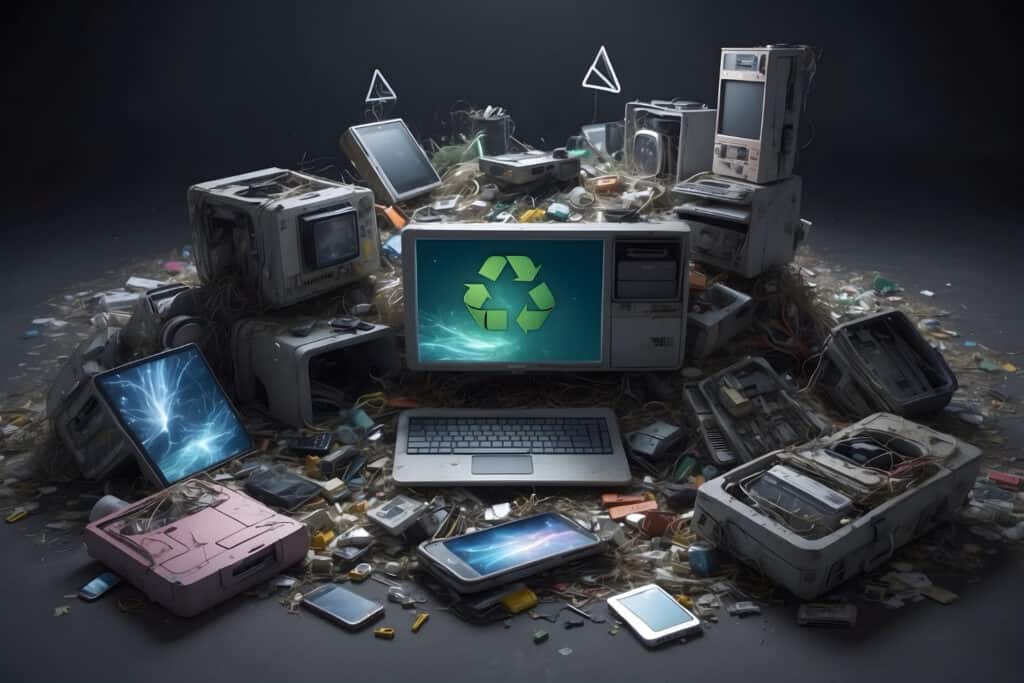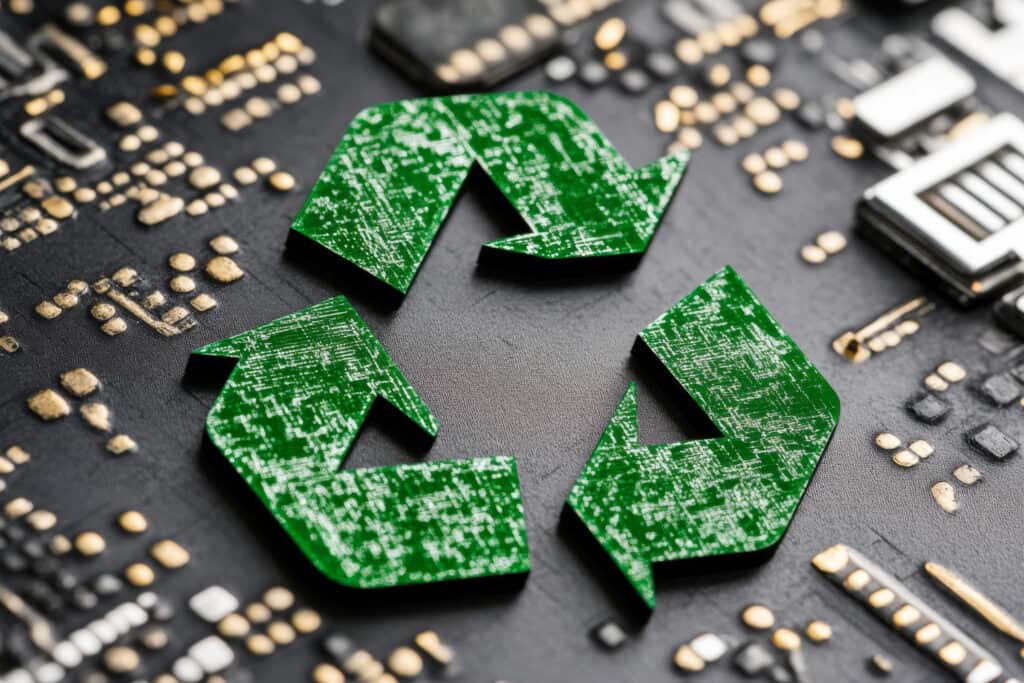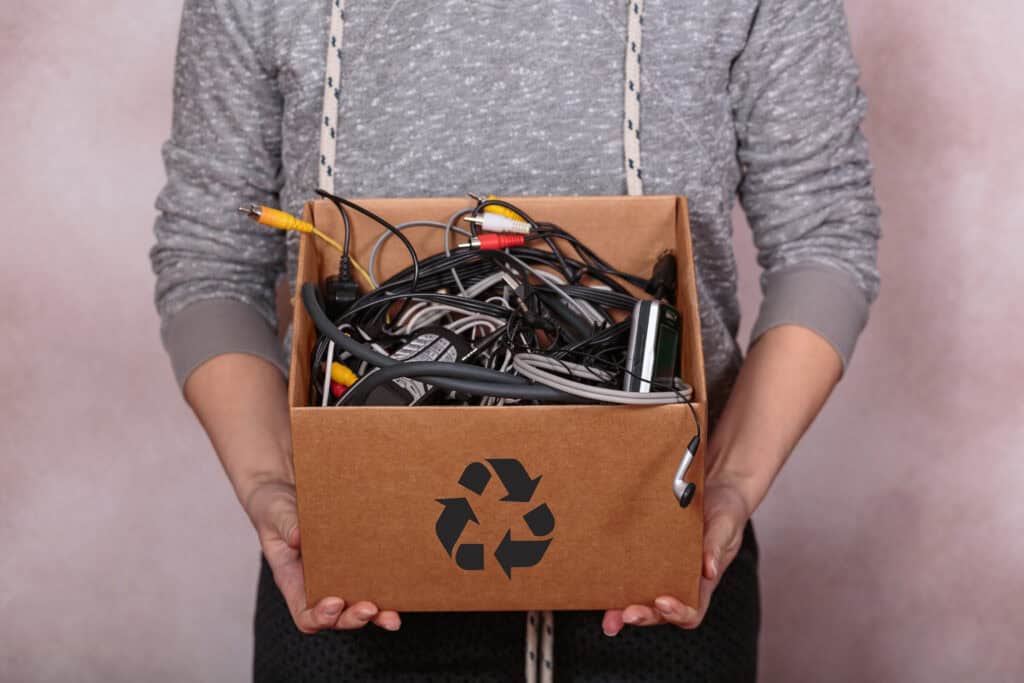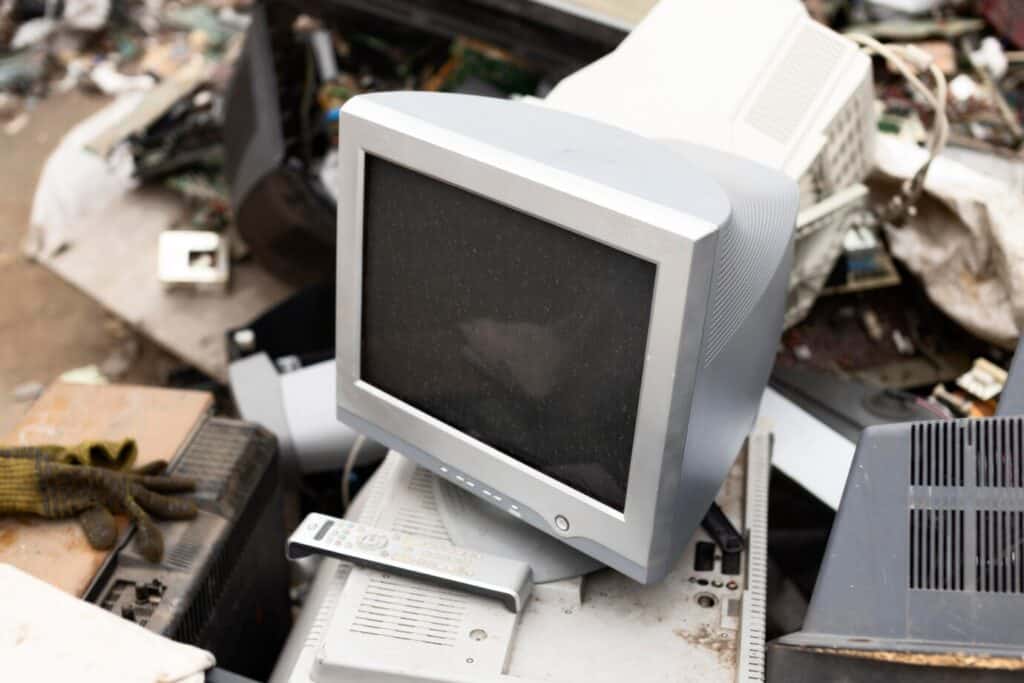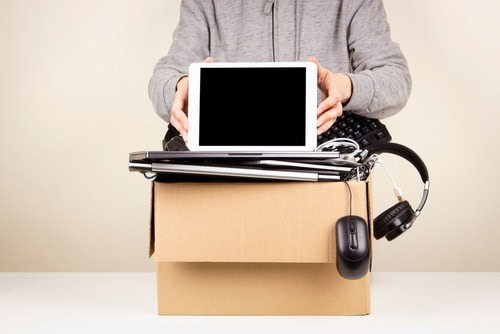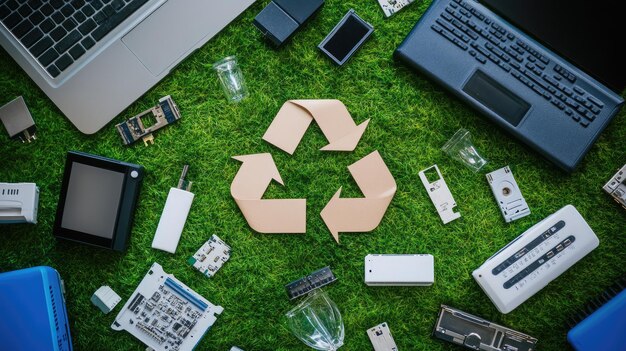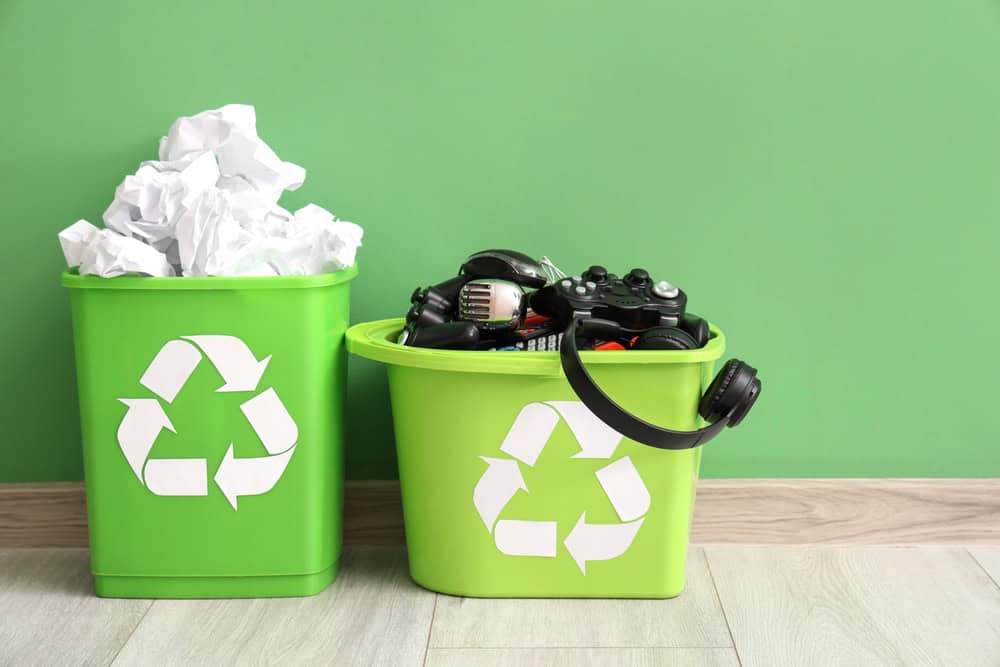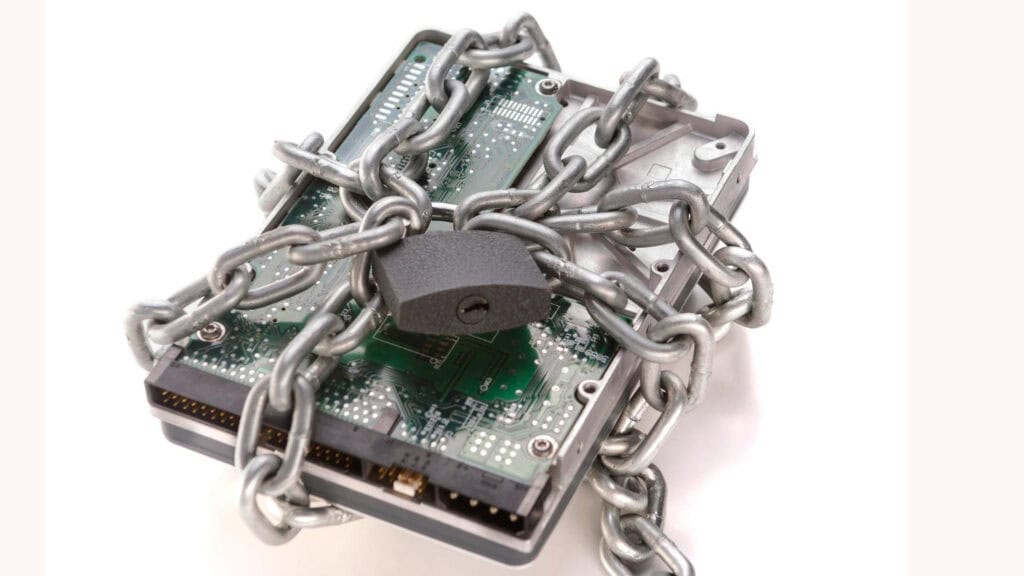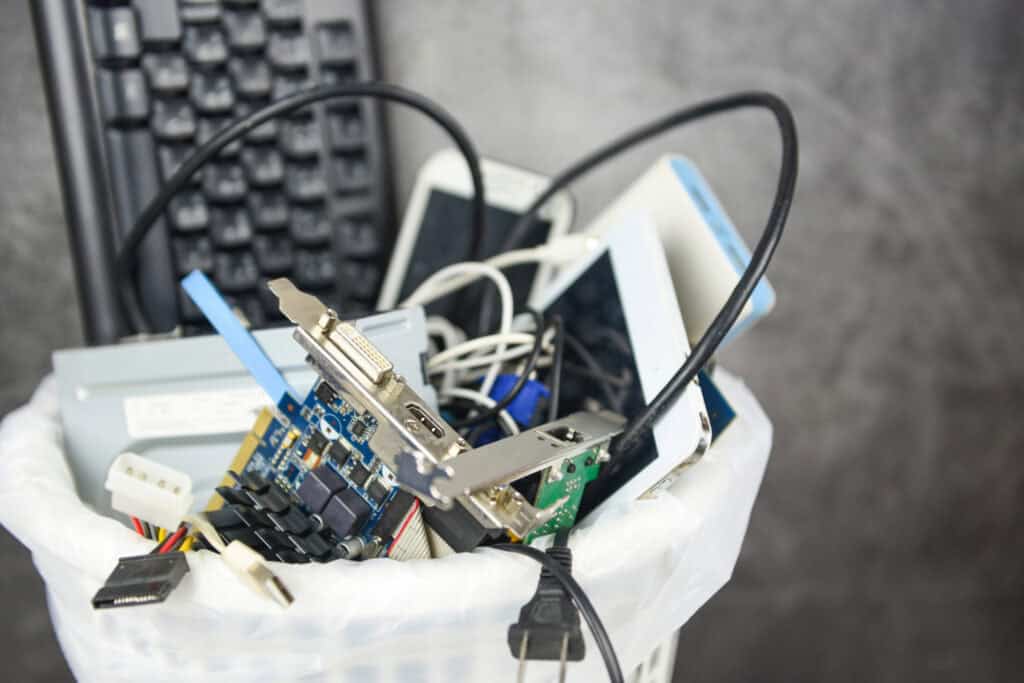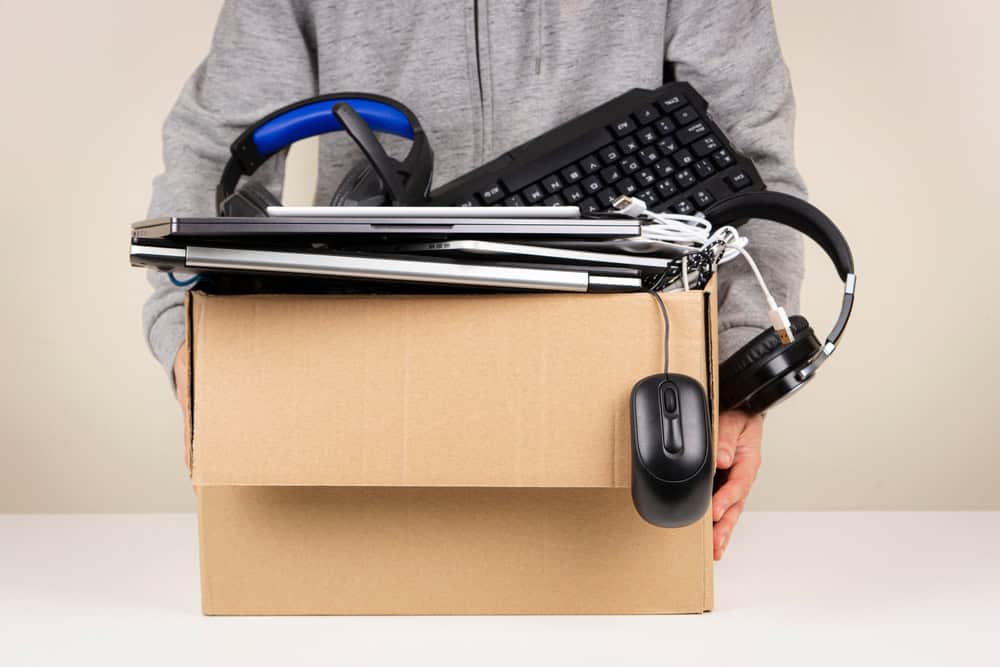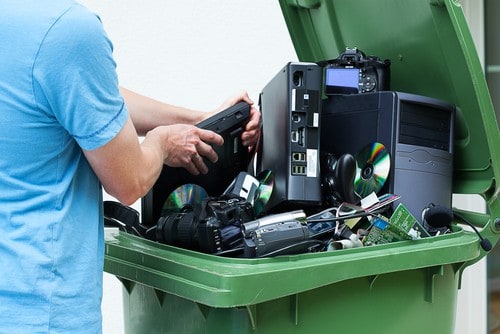Have you ever wondered what happens to old electronics after you recycle them? The answer lies in reverse logistics, a process that plays a crucial role in recycling. Instead of goods moving from the producer to the consumer, reverse logistics deals with the journey of goods moving backward—from the consumer back to the producer or to recycling centers.
In this article, we’ll dive into what reverse logistics is and explore its role in recycling. We’ll also look at the benefits it provides and how you can implement reverse logistics in your recycling process.
What Is Reverse Logistics?
Reverse logistics refers to the process of moving goods from their final destination back to the manufacturer or a designated location for the purpose of return, repair, remanufacturing, recycling, or disposal. Unlike regular logistics that focus on the flow of products from the producer to the consumer, reverse logistics deals with the reverse flow.
In simpler terms, reverse logistics is all about what happens to products after they have been used or when they are no longer needed. It involves collecting the items, transporting them, and then processing them to reclaim value or properly dispose of them. Companies can apply reverse logistics to various products, including electronics, packaging, and even vehicles.
For example, old computers and gadgets can be collected, evaluated for refurbishing, and then either repaired or broken down for recycling parts. This process not only helps in managing waste but also ensures that valuable materials don’t end up in landfills. Reverse logistics plays a significant role in sustainable business practices by promoting recycling and reducing environmental impacts.
The Role of Reverse Logistics in Recycling
Reverse logistics is essential in the recycling industry. It helps manage the return and proper disposal of products, reducing waste and promoting resource recovery. When products reach the end of their life cycle, reverse logistics ensures that they are collected and processed correctly.
One of the primary roles of reverse logistics in recycling is collecting end-of-life products from consumers. Companies set up collection points or use recovery services to gather old or unused items. These items are then transported to recycling centers, where they are assessed for further processing.
At the recycling center, materials are sorted and separated. Components like metals, plastics, and glass are identified and sent through different recycling streams. Reverse logistics ensures that these materials are efficiently processed, recycled, and reintegrated into the manufacturing cycle.
Reverse logistics helps reduce the strain on natural resources by facilitating the collection and return of used products. Recycling old devices and materials reclaims valuable components, which can be used to create new products, thus reducing the need for raw materials. This process contributes significantly to environmental sustainability and is a critical aspect of modern recycling programs.
Key Benefits of Reverse Logistics
Reverse logistics brings several significant benefits, particularly in terms of environmental impact and cost savings. Let’s explore some of these advantages:
1. Environmental Protection: By ensuring products are collected and recycled, reverse logistics reduces waste and minimizes the amount of material that ends up in landfills. This practice helps protect natural resources and reduces pollution.
2. Cost Savings: Returning and recycling products can be more cost-effective than creating new ones from scratch. Manufacturers save money by reusing materials and components from returned items. This reduction in raw material costs can also lower overall production expenses.
3. Customer Satisfaction: Offering an easy and efficient way for customers to return products increases satisfaction. Consumers appreciate businesses that prioritize sustainability and offer hassle-free return and recycling options.
4. Regulatory Compliance: Many regions have strict regulations regarding waste management and recycling. Implementing a robust reverse logistics process helps companies comply with these laws, avoiding fines and penalties.
5. Enhanced Brand Image: Companies that practice sustainable methods like reverse logistics often enjoy a positive public image. Customers are more likely to support brands that demonstrate a commitment to environmental responsibility.
Reverse logistics is not only good for the planet but also beneficial for your business. By returning and recycling products, companies can save money, enhance customer satisfaction, and improve their brand image.
Implementing Reverse Logistics in Your Recycling Process
Implementing reverse logistics in your recycling process requires careful planning and execution. Here are some steps to get started:
1. Plan and Organize: Assess the types of products you need to collect and recycle. Determine the resources required, such as staff, equipment, and transportation.
2. Set Up Collection Points: Designate convenient collection points where customers can drop off their used items. Ensure these locations are accessible and clearly marked.
3. Educate Customers: Inform your customers about the importance of returning their used products and how to do it. Use marketing materials, emails, and your website to provide clear instructions.
4. Streamline Transportation: Arrange logistics to pick up and transport collected items to recycling centers. Ensure the process is efficient to minimize costs and delays.
5. Partner with Recycling Centers: Establish partnerships with reputable recycling centers. These centers should have the capability to sort, recycle, or dispose of materials safely and efficiently.
6. Monitor and Improve: Regularly evaluate your reverse logistics process. Gather feedback, identify areas for improvement, and make adjustments as needed to enhance efficiency and effectiveness.
Conclusion
Reverse logistics is a powerful tool in the recycling process that provides both environmental and economic benefits. By understanding and implementing reverse logistics, you can help reduce waste, save costs, and enhance your brand’s reputation. Whether you’re a business or an individual, integrating reverse logistics into your recycling efforts makes a big difference.
At ReWorx Recycling, we can help you implement effective reverse logistics for your recycling in Helena, MT. Our team specializes in managing the return and recycling process, ensuring your products are disposed of responsibly. Contact us today to learn more about our services and how we can assist you in setting up a robust reverse logistics system.
